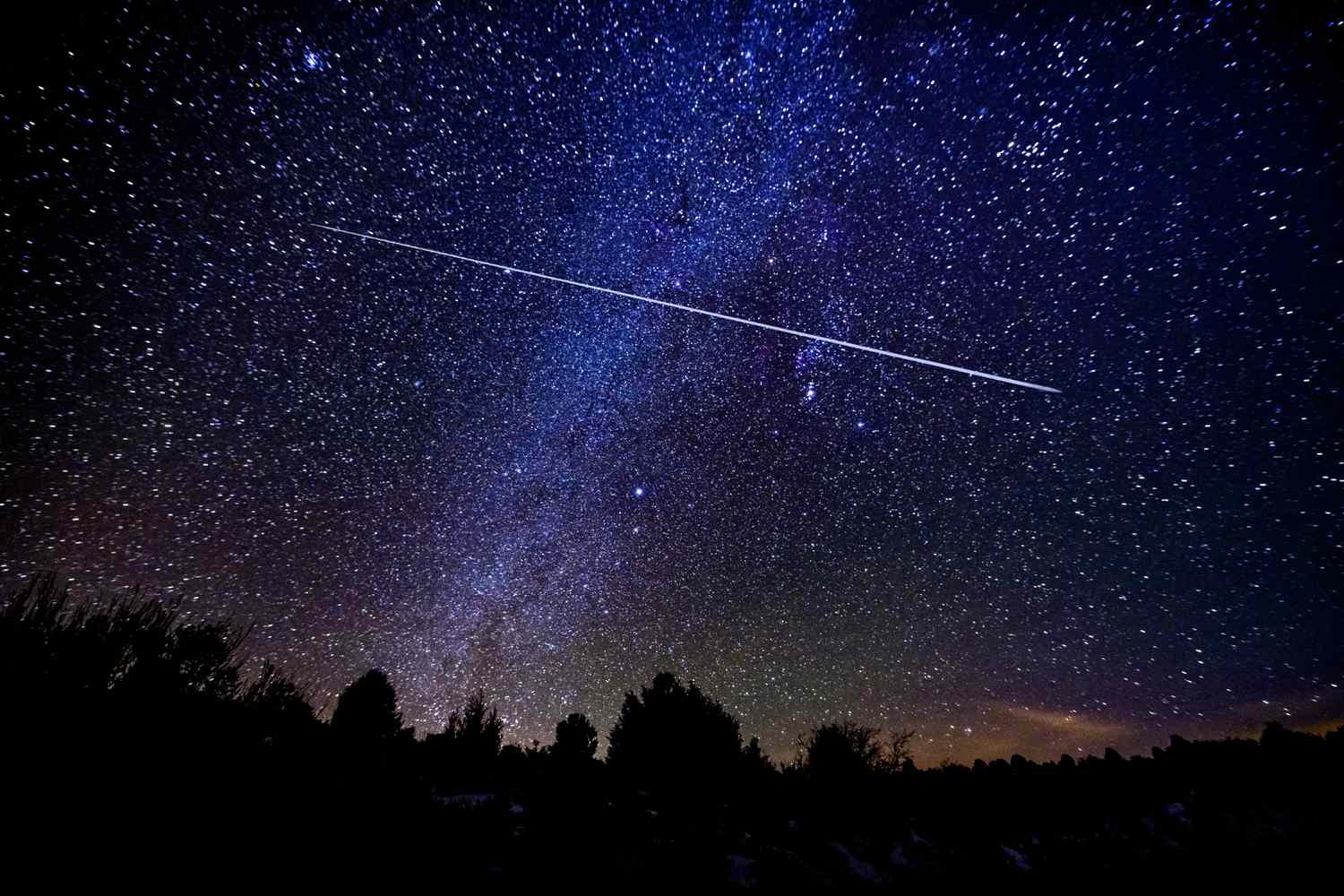Astronomy enthusiasts, get ready for one of the most dazzling celestial displays of the year: the Eta Aquariids meteor shower is set to reach its peak, as confirmed by NASA. This celestial spectacle promises to deliver a breathtaking show of shooting stars, illuminating the night sky with its radiant display.

Prime Viewing Times and Locations
The Eta Aquariids meteor shower will reach its zenith overnight from Sunday into Monday, although meteors from the shower will remain visible throughout the week, as per NASA’s announcement. The timing of the peak coincides with a new moon phase, ensuring darker skies that enhance the visibility of the meteors. While the shower can be observed in both the Northern and Southern Hemispheres during the pre-dawn hours, the Southern Hemisphere offers the optimal viewing experience. Viewers in the Southern Hemisphere can anticipate witnessing an impressive display of up to 40 meteors per hour, while those in the Northern Hemisphere can still enjoy a spectacle with 10-20 meteors per hour.
Unique Features of the Eta Aquariids
The Eta Aquariids meteor shower is distinguished by its remarkable speed, with meteors traveling at an astonishing rate of 44 miles per second. This rapid motion often leaves behind glowing trains that linger in the sky for several seconds to minutes, adding to the awe-inspiring nature of the event. Originating from debris shed by Halley’s comet, the Eta Aquariids hold a special significance in the celestial calendar, offering a glimpse into the cosmic remnants left by this iconic comet.
Understanding Meteor Showers
While meteors—space rocks that enter Earth’s atmosphere—are a nightly occurrence, meteor showers are more infrequent events characterized by a surge in meteor activity over a condensed period. During meteor showers, Earth intersects with streams of debris left behind by comets or asteroids, resulting in an increased frequency of meteors streaking across the sky. These luminous trails are caused by the friction generated as the meteors traverse Earth’s atmosphere, creating captivating displays that captivate observers worldwide.
Beyond the Meteor Shower: Celestial Highlights
In addition to the Eta Aquariids meteor shower, astronomy enthusiasts can look forward to other celestial wonders this spring. May brings the arrival of the Flower Moon, with its peak illumination slated for May 23, according to NASA. As the last full moon of spring, May’s Flower Moon sets the stage for June’s full moon, which coincides with the summer solstice on June 21.

Looking Ahead
As the Eta Aquariids meteor shower dazzles observers, the anticipation for future celestial events remains high. Following this spectacular display, astronomy enthusiasts can mark their calendars for the Southern Delta Aquariids meteor shower in July, as forecasted by the American Meteor Society. With each celestial event offering a unique glimpse into the wonders of the universe, the night sky continues to captivate and inspire awe in stargazers worldwide.
